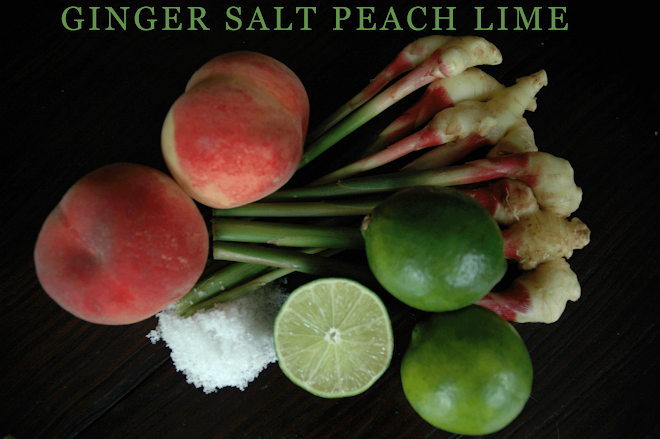Spring is nearly here. The sun comes earlier and lasts much longer, and it feels warmer, even though my Yahoo weather says it's not. It's the time of year when you pass a dried, brown patch of land on the way to work, only to discover it has patches of bright green when you return home. How did that happen? Was it really that warm today? (Of course, living by
Tokyo Midtown, the many landscapers may have just put down some new sod.) I swear, a couple of days ago, when I left the office I could actually smell spring: dirt and flowers and cut grass. It all made me a little sad.
That's because with the plum blossoms (out this week) and the cherry blossoms (due at the end of March), we must say goodbye to
kaki furai. I know spring and summer have much to offer -- peaches and melons and tomatoes so good you can eat them out of your hand, over the sink, blah, blah, blah. But the trade-off is vastly disappointing. I'm facing almost a whole year without fried oysters.
About this time last year, I was introduced to Japanese oysters. This was no casual encounter, no one-night meal. I've always been an oyster lover -- each time I land in New Orleans, I'm slightly cranky until I get to the
Acme Oyster House where I order oysters both on the half shell and on my po-boy. I never thought anything would beat steamy, fried oysters sprinkled in split French bread and "dressed" with lettuce, tomato and mayonnaise.
Then I met the Japanese
kaki, and my oyster ship ran aground. I was in southern Japan, nearer Hiroshima, at Miyajima's annual
kaki festival. I arrived late, about noon, and people were lined by the hundreds to get their free samples of oysters. I snapped a few photos, wondering about all the fuss. Then I noticed the fires.
The festival cookers had set up giant barbecue pits, open flames covered with door-sized wire grates hovering atop. On the grates were hundreds of oysters, steaming and roasting. This was no ordinary site. These oysters, in the shell, were at least six inches long. After taking a few more photos, one of the men who was doing the roasting shucked a
kaki and handed it to me. The meat was sweet and moist and so tender I'm sure you could have cut it with a spoon. Me, I didn't have a spoon and wouldn't have bothered if I had. I did, however, have to eat the thing in two bites, an oyster faux pas if ever there was one. t couldn't be helped. These oysters were as big as the palm of my hand.
Thus, it began. I eat 18 that day, roasted, and fried and swimming in soup. You might think I'm exaggerating, or making it all up. It was a year ago. Nope, I remember, especially caused those last four fried ones nearly put me over the top.
I asked a friend about
kaki furai at dinner last night (over Japanese curry, another food tale for another time). I told her I thought it strange that for all the sushi in the world, oysters on the half shell in Japan appeared only at western-style oyster bars, not at the local
sushi kaiten. She said Japanese did eat raw oysters, only very carefully at special restaurants and strictly by the season.
Kaki furai (pronounced foo-ry) were a much more reliable bet.
And much tastier, too, I have to say. I've not bothered to make them myself. Much like sushi and tempura, the preparation is so exacting I'm intimidated to try. If I haven't said it before, I'll say it now: Japanese chefs know how to fry. The oil is perfect and the food comes out crispy and light, with almost no grease. I can't imagine I could do this at home.
So I've been bringing them home, pre-cooked, in packages of five for about $7 a serving. I warm them in the oven, put them in a salad or eat them alone with steamed rice and pickles. They come with a thick, sweet soy-ish sauce, but I don't bother. In fact, last time, I ate a few before I remembered to get out the camera.

As the weather warms, the
kaki shrink. There's no use fighting it. Life is about cycles. Here comes Will Ferrell in another pair of tight bitches, right on time.
Kaki furai are around in the summer, but it's not the same. Already, this week, the market starting selling twice as many fried oysters for half the price. The mollusks were small, about half the size of their January brothers. Within the next two weeks or so, the market's fried oysters won't be worth the chefs' time or my money. Then, I'll have to turn my attention to new things -- strawberries and cherries and movies that make me
laugh instead of
weep. Not a bad way to spend a summer after all.










